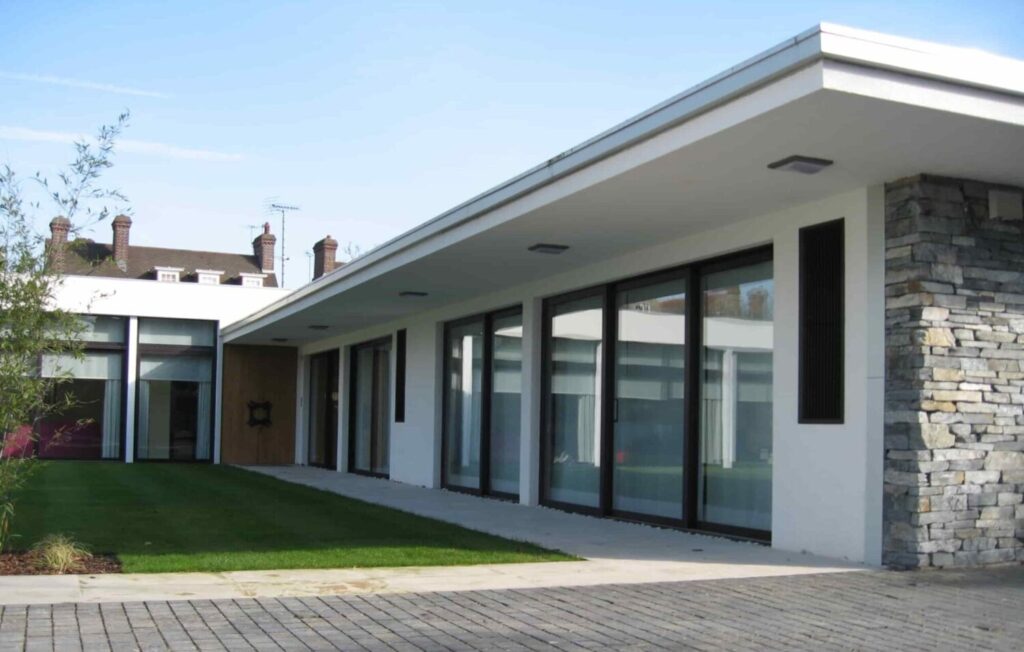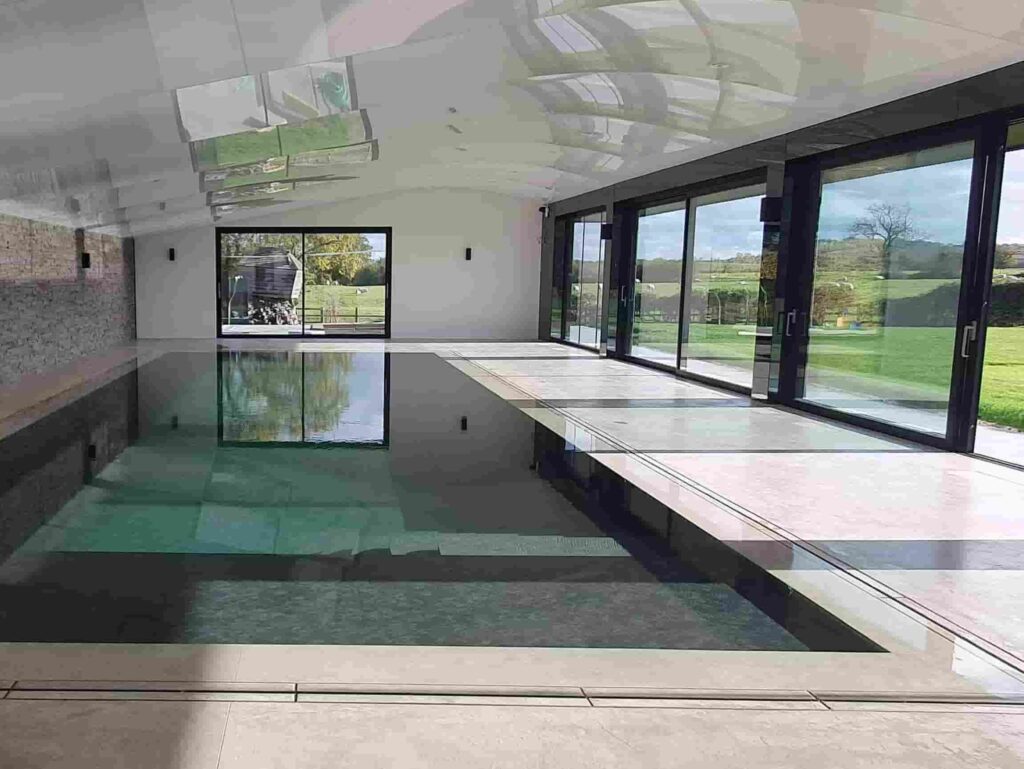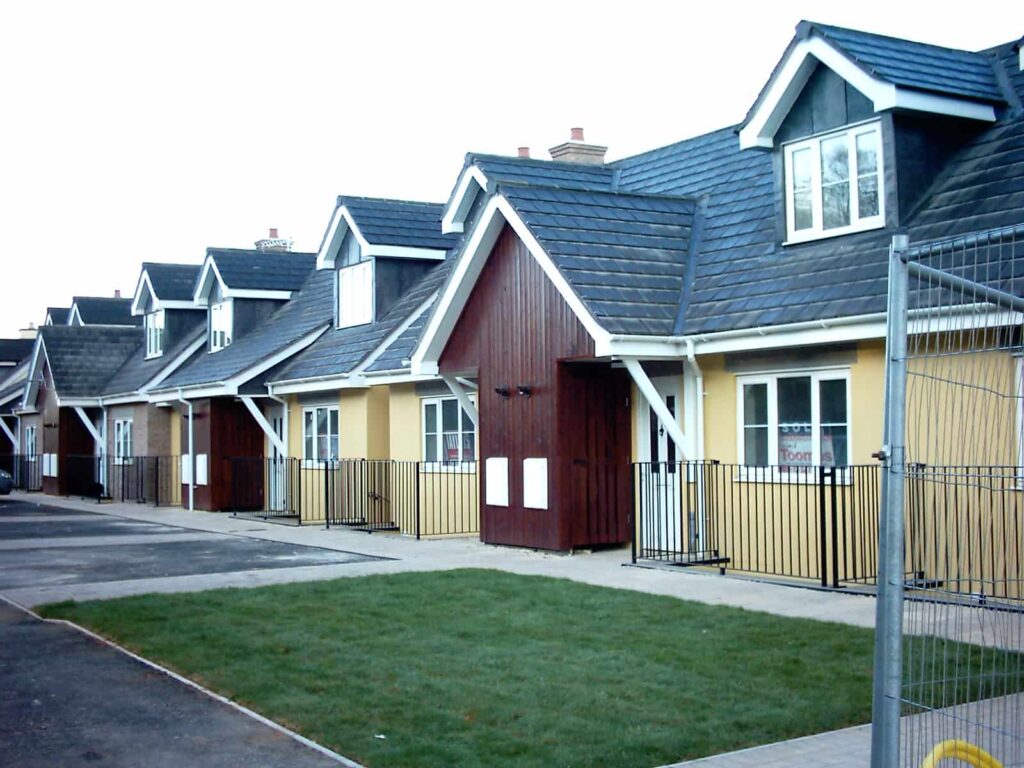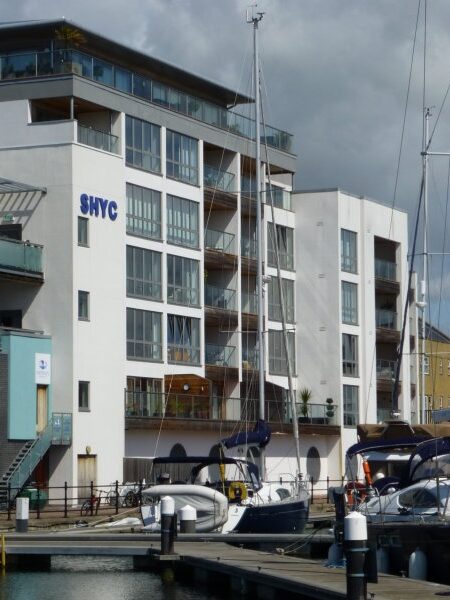SIP Construction
SIP (Structural Insulated Panel) construction was developed by the timber industry to be a competitor to ICF as a cost effective and energy efficient system for building homes.
SIPs are an MMC system made in a factory and because they are relatively thin in section they provide a high level of insulation without occupying valuable internal floorspace. However, SIP construction is an expensive way to build a timber framed house and inherits all the downsides of traditional timber construction, along with some new ones.
Disadvantages of SIP Construction
Structural Insulated Panel (SIPs) consist of 2 outer layer boards (typically OSB) surrounding rigid foam insulation.
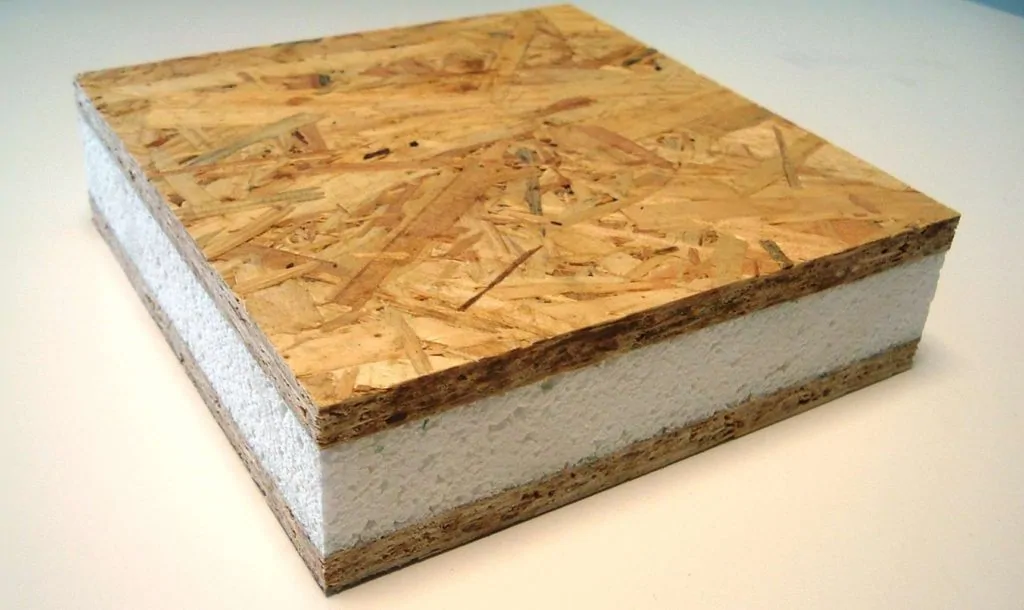
Let’s get your Home Design Plans approved and ICF ready!
Review our different design services in more detail and see how we can help get your project off the ground and built to the highest standard.
